There is an undeniable allure to stepping back into the past and uncovering elements that bear the weight of history but feel unsettlingly fresh in today’s fashion. At a recent vintage fair in Los Angeles—one of those singular events that gathers together not just collectors and designers but the very style connoisseurs who make the world of vintage what it is—the air was thick with anticipation and the promise of timeless elegance. I found myself wandering past displays that had clearly been arranged with great care and featuring garments from houses as storied as Chanel, Dior, and Yves Saint Laurent.
Yet I was just as taken with the pieces I spied from local archives that told stories of their own—pieces that had the audacity to reimagine some essential components of a modern wardrobe. The fair itself was a bustling celebration of heritage fashion, where the pull of a perfectly tailored blazer or an intricately embroidered dress was felt on all sides. I stopped to talk with a vendor whose collection spanned decades and took great delight in telling about the not-so-recent auction of a rare velvet gown (à la 1975) from an exhibit by Halston that had made headlines and ignited discussions among collectors.
His enthusiasm was contagious, and I very much enjoyed hearing him hold forth on the nuances of vintage textiles and the craftsmanship that went into the making of these beautiful, if not always practical, garments. This feeling was shared by a downtown Dallas boutique that has become a vintage lover’s retreat. The owner, a well-respected figure in the local fashion community, provided a look into the careful way she curates pieces for the store.
One of the pieces she has on hand, a 1960s shift dress with bold geometric prints, caught my attention. It’s hard not to admire the dress, which was designed by a then-rising star of American fashion and seems to embody the optimism and creativity of the era that birthed it. On the body, this dress feels as American as apple pie and is a sure homage to the heart that is mid-20th-century American pop fashion.
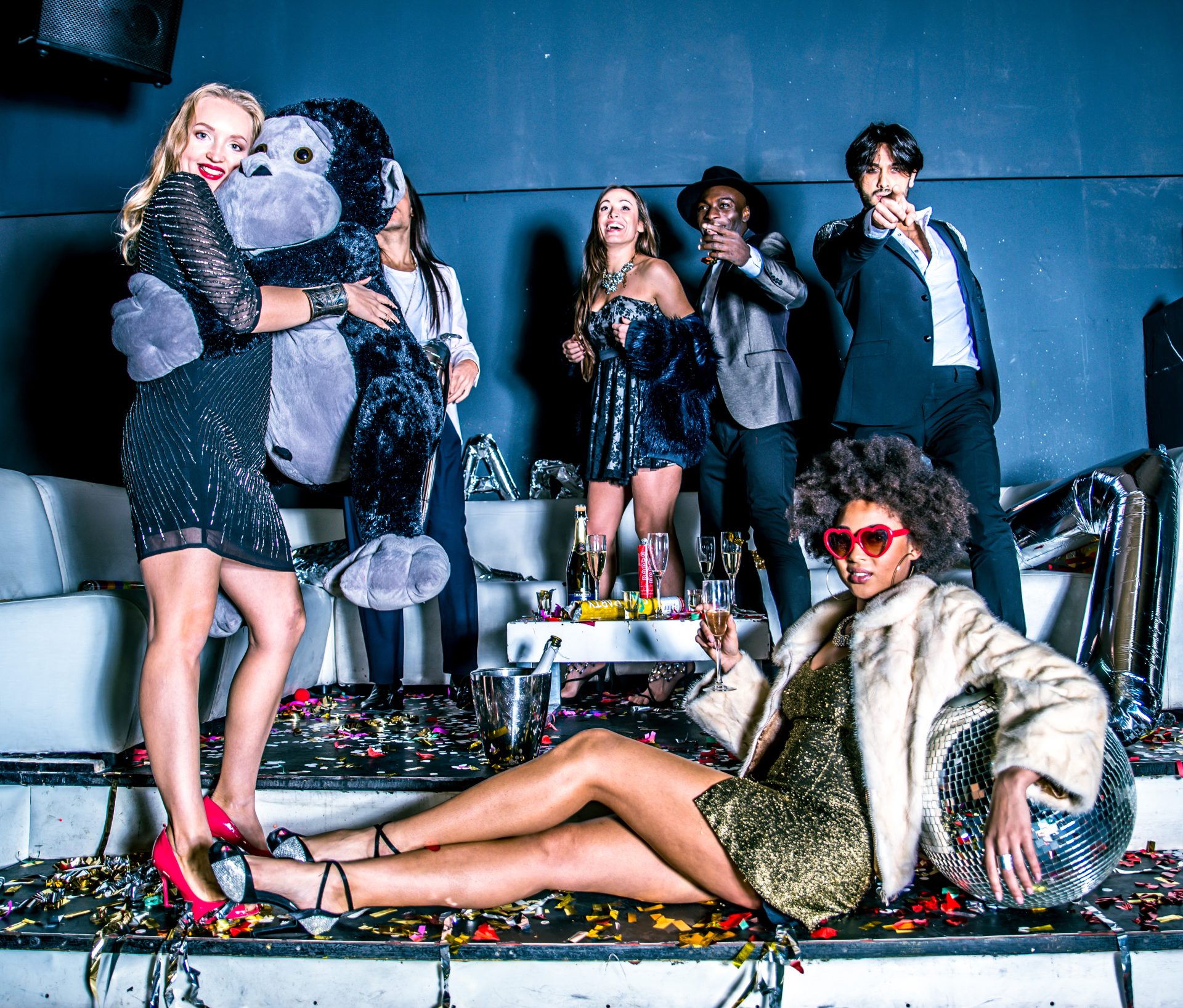
And especially with regard to the icons—like Jackie Kennedy and Twiggy—that this dress (and others like it) is sure to evoke. I recently had the chance to attend a fascinating panel discussion held by a major fashion magazine in New York City. The magazine’s experts debated the newly regained popularity of vintage styles on today’s runways.
Michael Kors and Marc Jacobs were mentioned as leading the charge in this “new” frontier. The two designers, to be sure, are not alone in tapping into this rich resource, but they were used as examples because their names might be known to more people. Anyway, the panelists mentioned some specific vintage looks that have made their way back into the zeitgeist.
These include, of course, the tailored-suit look from the 1980s; various reanimated ’70s looks (bohemian, for instance); and, another panelist mentioned, a not-really-hidden revival of punk styling that might be coming at us. The retro fashion conversation has taken on a more personal aspect for many of us as we realize that these retro garments connect us to the stories of our lives. At a recent dinner party, I found myself reminiscing with friends about the way each piece of retro clothing in our wardrobes holds personal value.
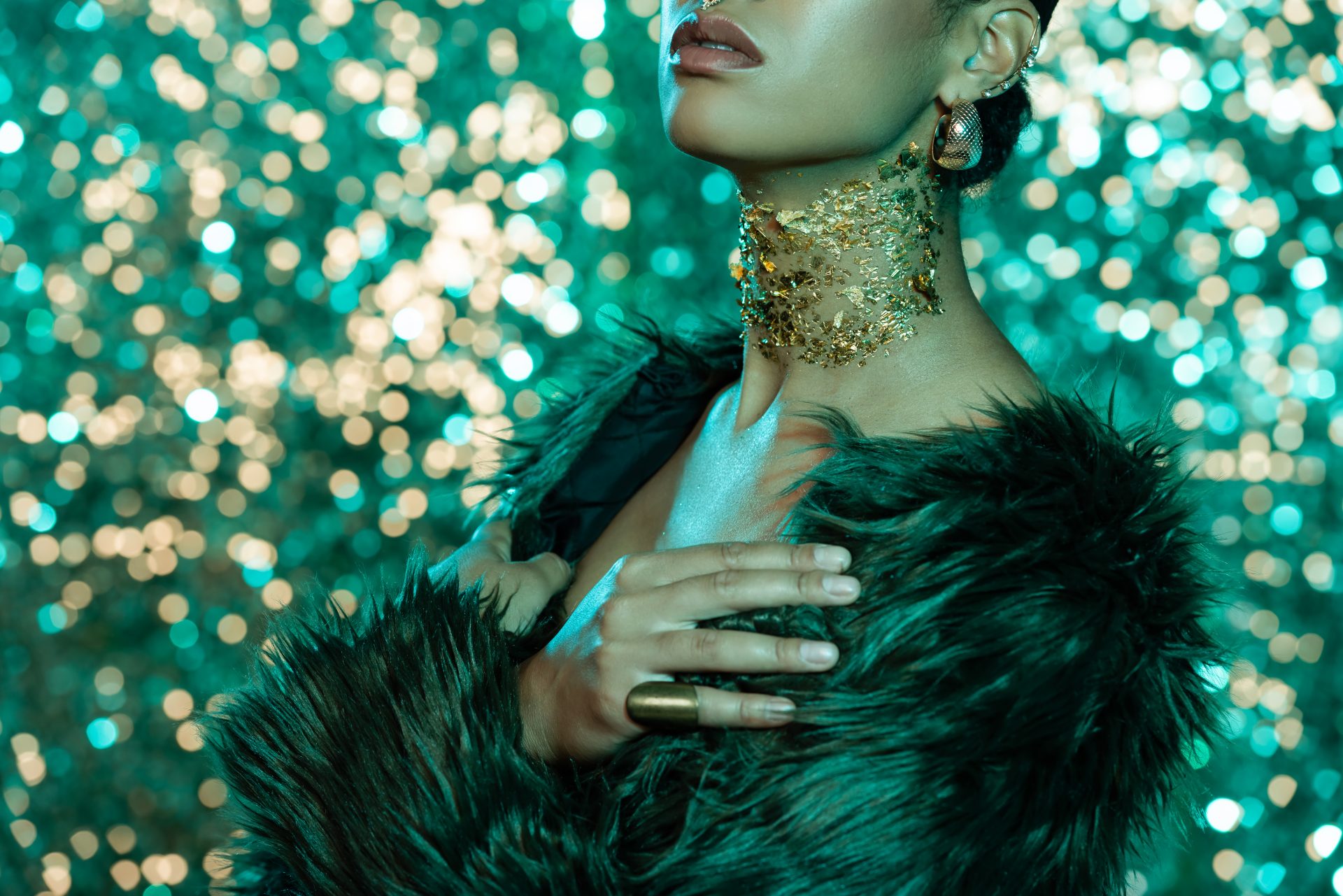
One friend wore a 1940s lace blouse that once belonged to her grandmother. While she recounted the memories associated with that lace blouse, it struck me that retro fashion is as much about preserving our personal history and the legacy of those who came before us as it is about making a present-day fashion statement. Today’s runways can feel the venerable vintage aesthetic’s influence.
During the most recent Paris Fashion Week, many designers seemed hellbent on giving generous nods to the past. At several shows, I was struck by how style archetypes from mid-century modern to preppy were being not so much directly quoted as reinterpreted in new and interesting ways. One particularly compelling show turned the past into the kind of future-forward that fashion seems always to aspire to.
The rising designer behind it had taken the same aesthetic references as the first-generation moderns she cited and reimagined their pretty, pastel world for today’s darker palette. She paired coats that had the same couture-oriented structure as those from the ’50s with a visual language whose references felt contemporary, if not downright edgy. This cross-generational discussion also shows up in the world of celebrity style.

Not long ago, at a glitzy event in Miami, I spotted a well-known actress who had mixed modern and vintage elements together in an outfit so seamless, so effortless, that it was hard to believe she was working with pieces from such different decades. The gown itself was a magnificently restored 1960s piece from a boutique in Paris, and it looked as good on this actress as it must have on whoever last wore it in its heyday. Yet this moment was all about what our magazines might call the “next look” or “look 2.0.” For the strong accessories that the actress had paired with the gown were the real reason we were discussing her outfit on social media the next day.
Hearing friends and critics discuss slim, unfussy bangles as a way of paying homage to the ’60s without appearing costumed was our real indication that the world of vintage fashion had a next big moment coming. The vintage trend has secured a strong presence in the daily lives of even the die-hard fashionistas. It was with this newfound appreciation for vintage that I navigated the well-trafficked aisles of a famous Portland, Oregon, vintage market.
I ambled past manicured racks bursting with not-so-distant memories, unfurling from beneath the deconstructed divided cubes of cardboard and wood—named after the local artist whose work each market wishes to honor. Eager shoppers pawed through the denim; I did the same. For me, all this was practically a ritual.
But amid the increasingly enthusiastic embrace of vintage on both coasts and the flyover states sandwiched between them, I’ve nonetheless felt a tinge of falling behind the countercultural curve I once confidently strode. What I find most impressive about fashion from bygone eras is its power to change while staying forever timeless. The magnetic pull of a vintage item goes beyond just its looks; it has the ability to link us to something greater than itself—a span of years and cultures, with all the different kinds of voices that make up the past we now inhabit.
It reminds us that fashion, for all its talk of the latest and greatest, is really about telling stories. Each piece is an ongoing adventure in creativity, the kind that’s just as likely to happen in a museum as in an artist’s studio. Is it just me, or does the hand-sewn hem of a vintage dress have more personality than that of a newly manufactured garment?
Whether it’s the crazy colors of a ’60s print or the slightly surrealist quality to much of what was made in the ’80s, fashion from the past makes me feel that being stylish isn’t about following a trend—it’s about following a whim. I remain enchanted by the influence of vintage fashion. The power and presence of a well-constructed piece from yesteryear has the inclinations of the finest art—it’s not only a figure of beauty in and of itself, but it also reveals secrets as it serves to illustrate the history of fashion.
Vintage allows us to see beyond the conveyor belt of the fast-fashion industry, which churns out disposable styles at an ever-accelerating pace. On the other hand, the pieces that stand the test of time (even if only an illusionary test of time) serve as markers of the next great-gone-to-legend wave of fashion history.
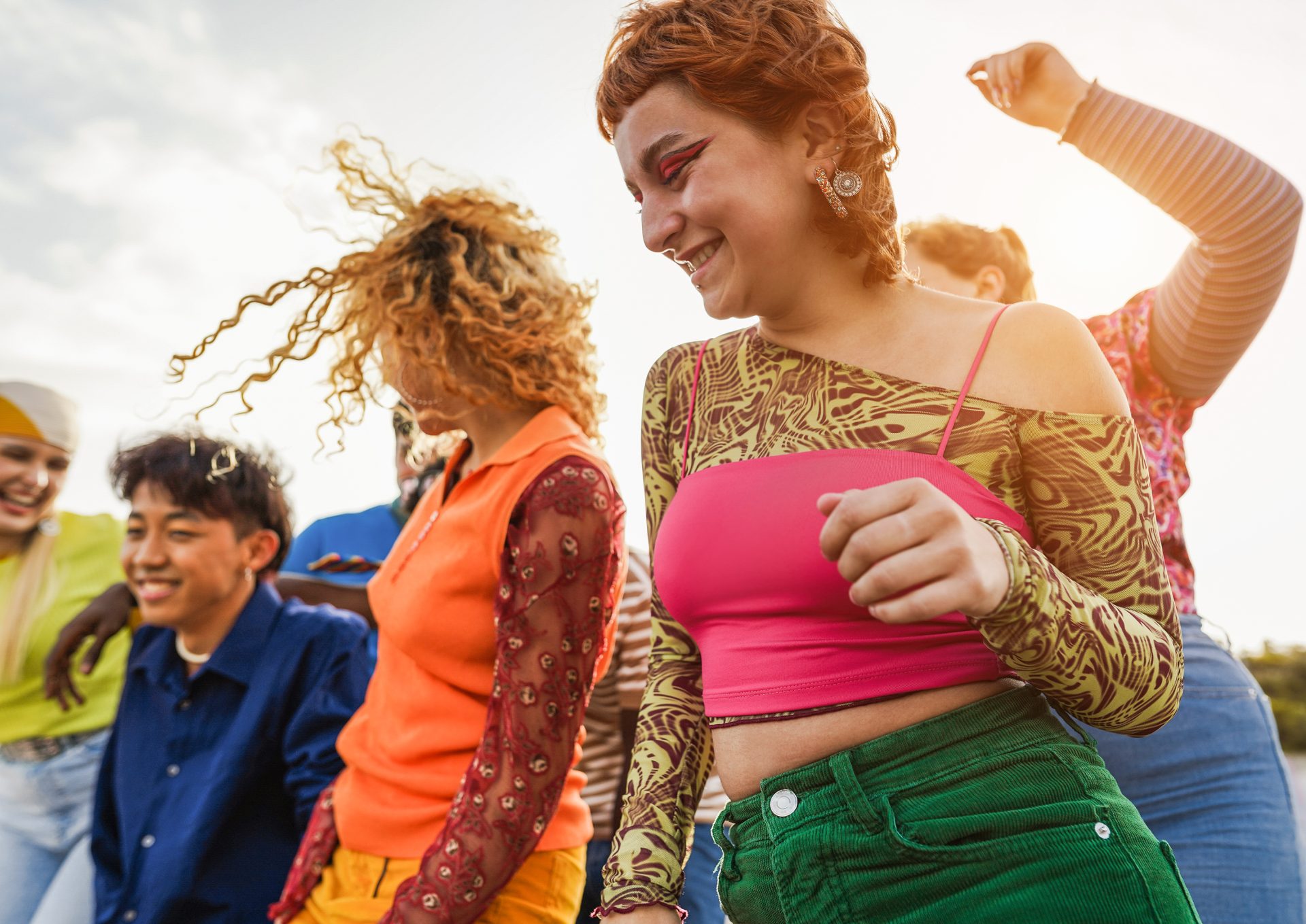
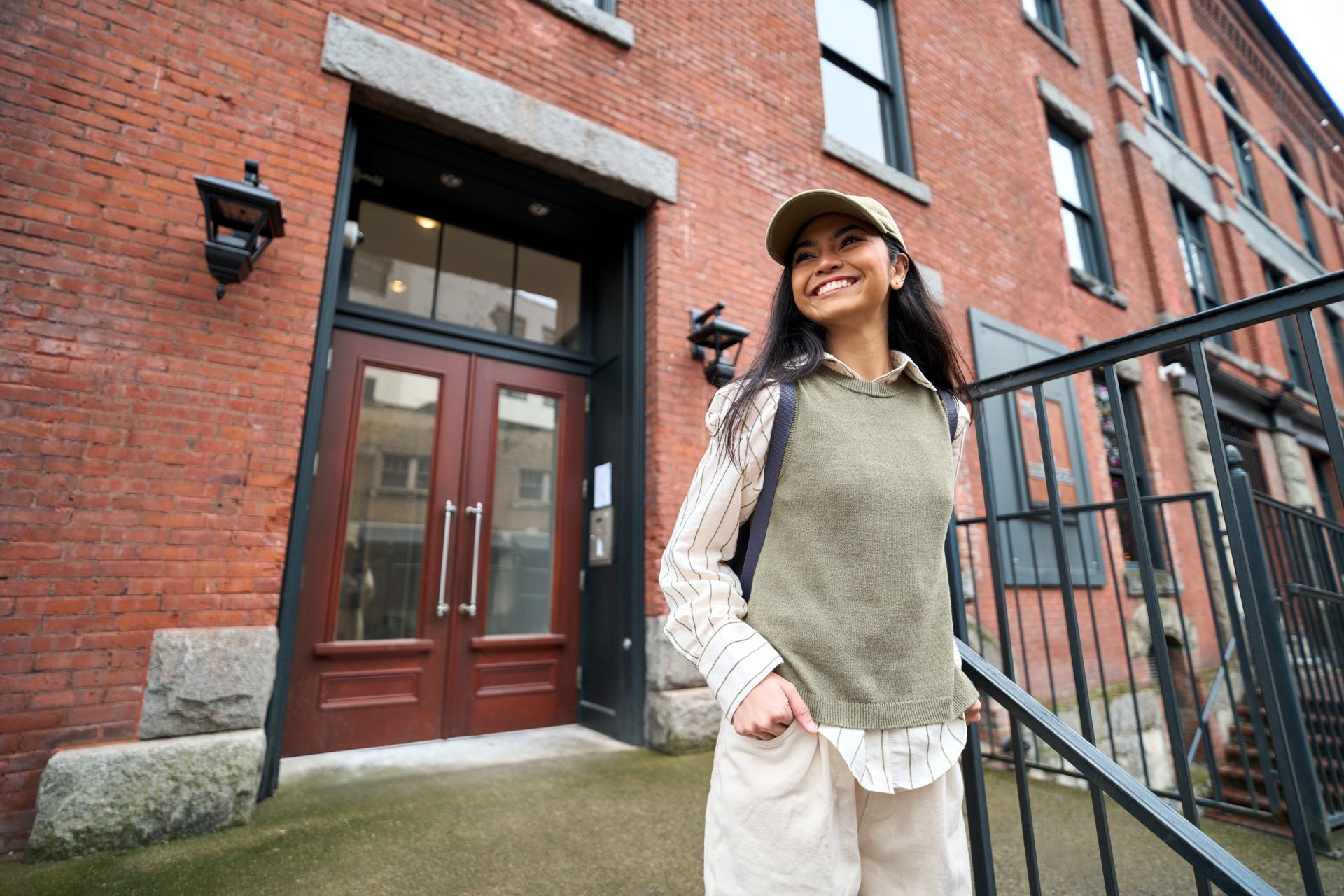
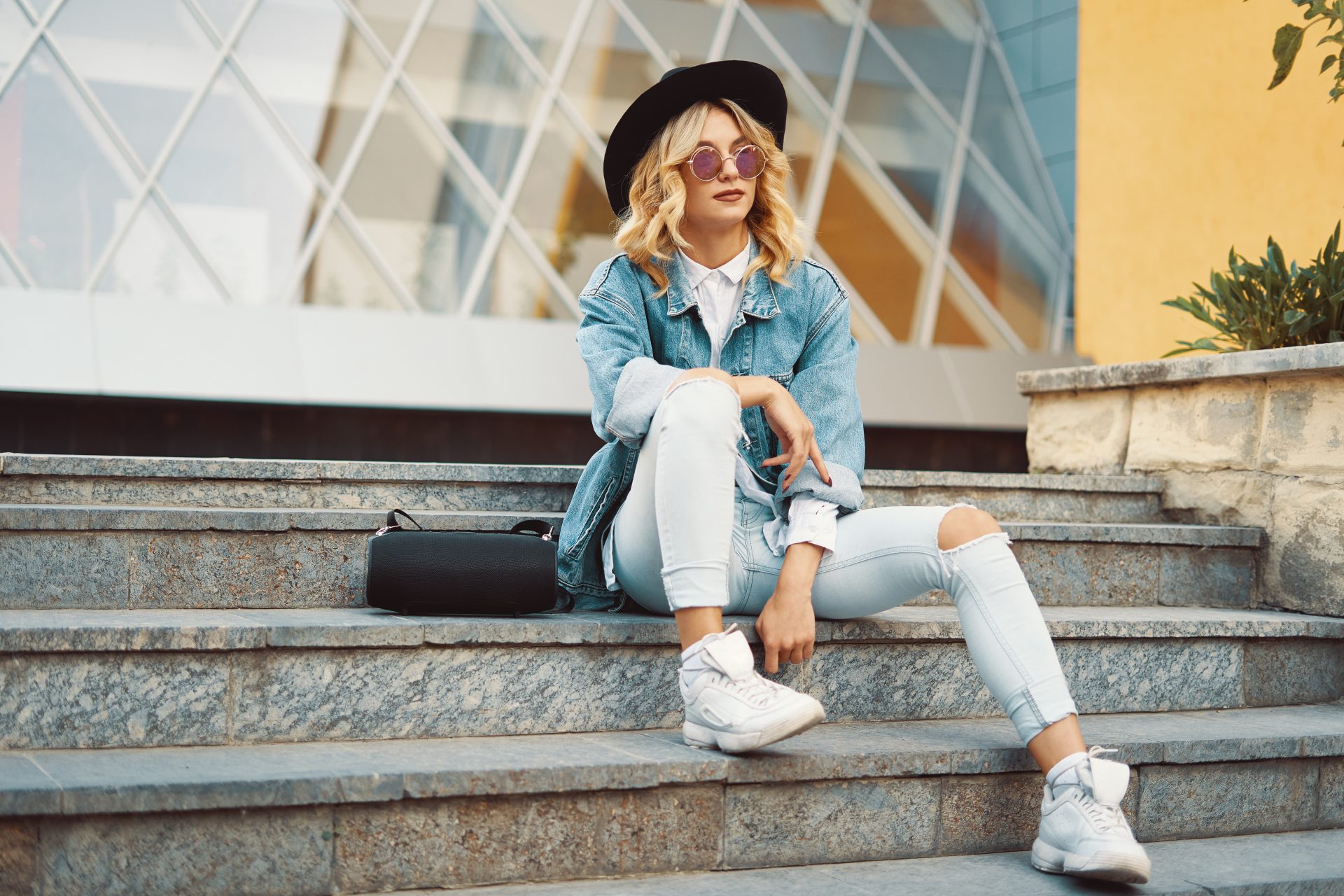
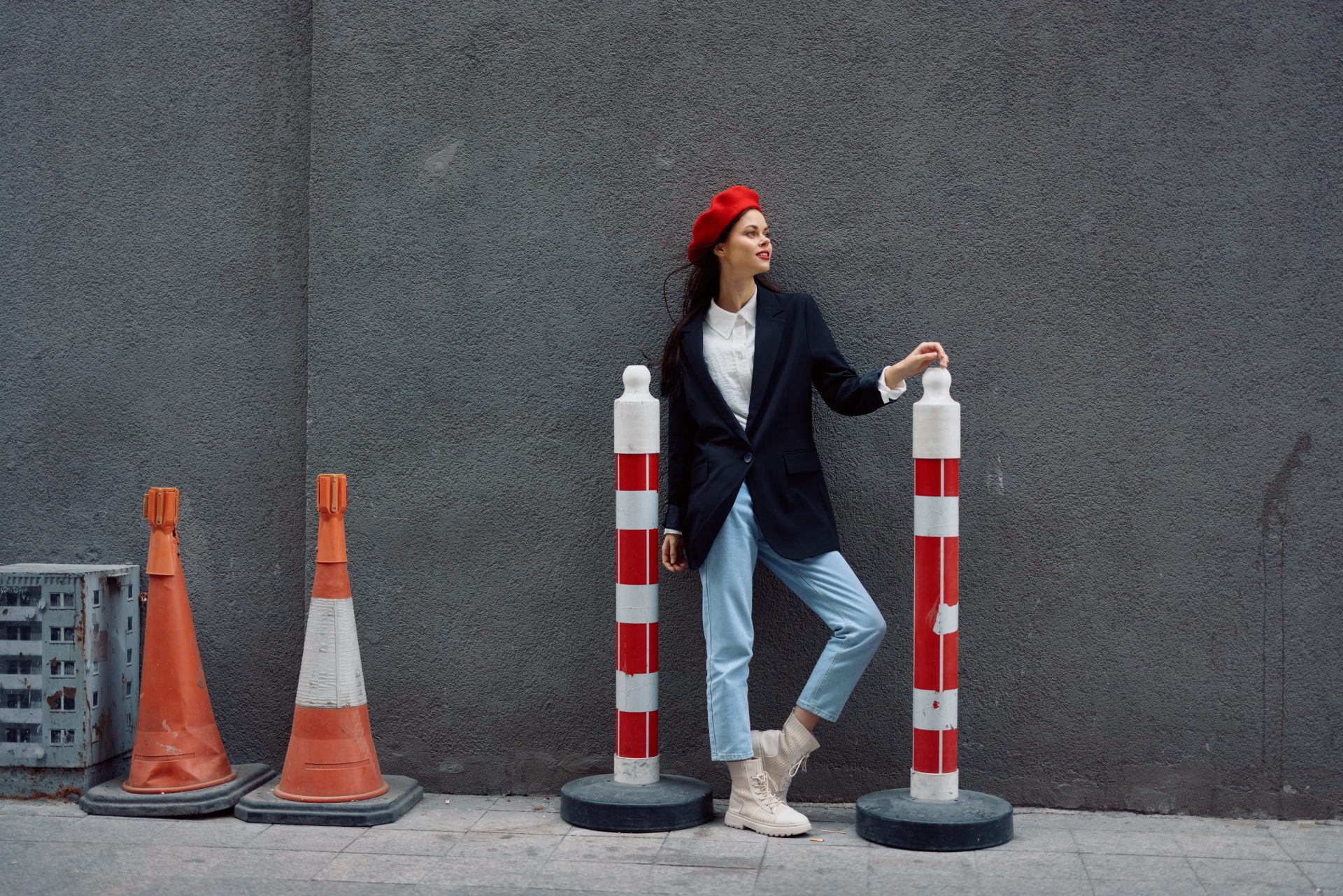
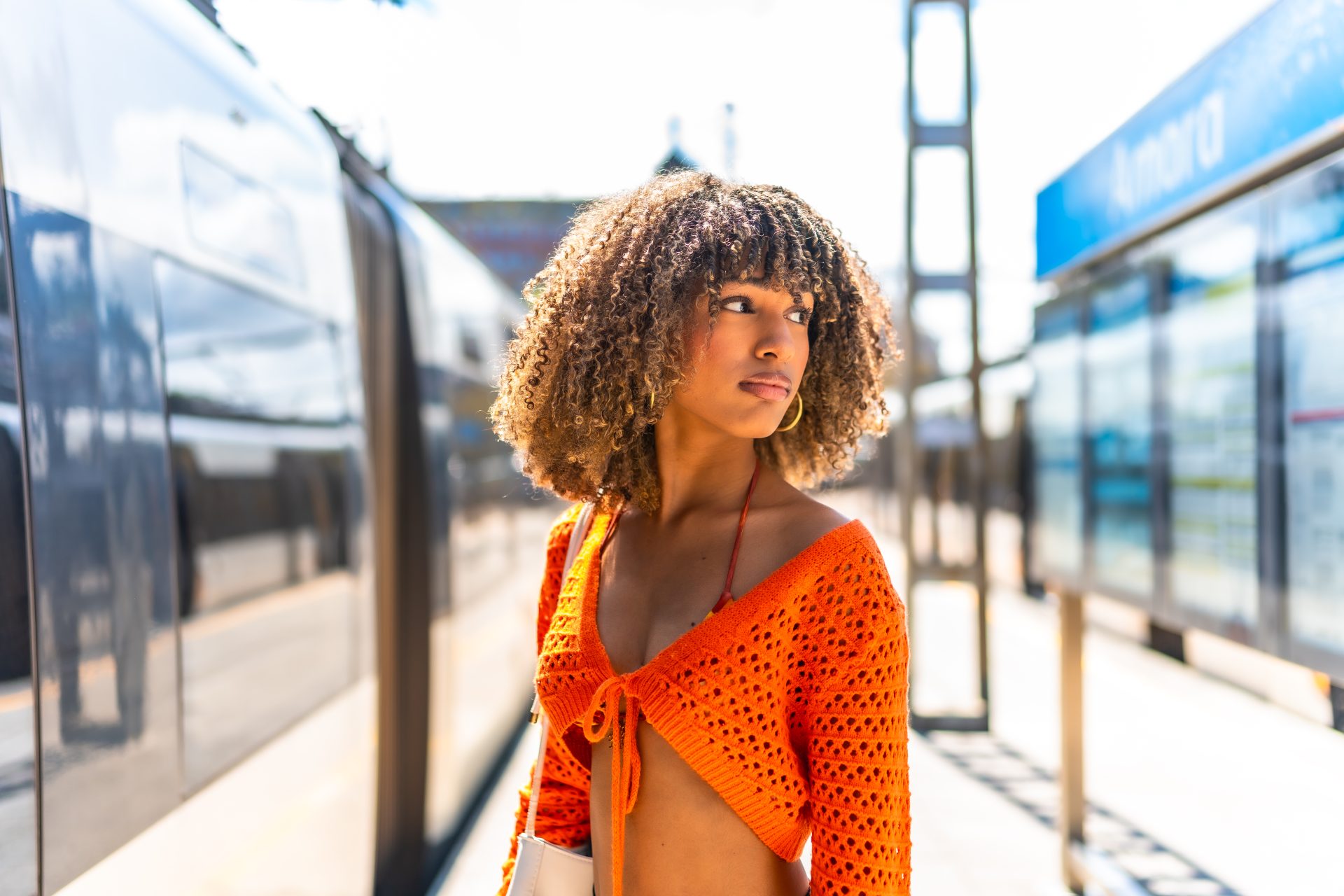
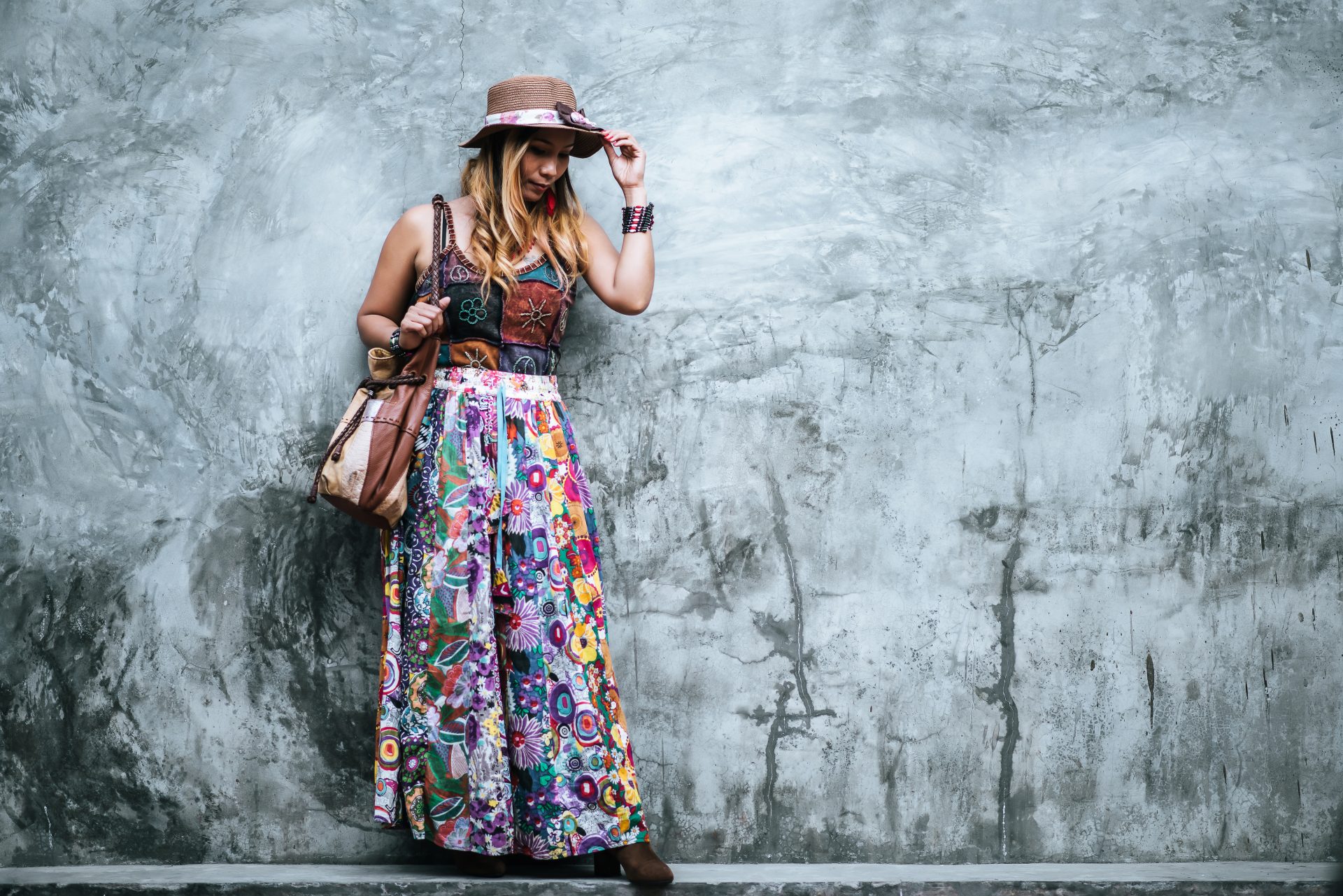
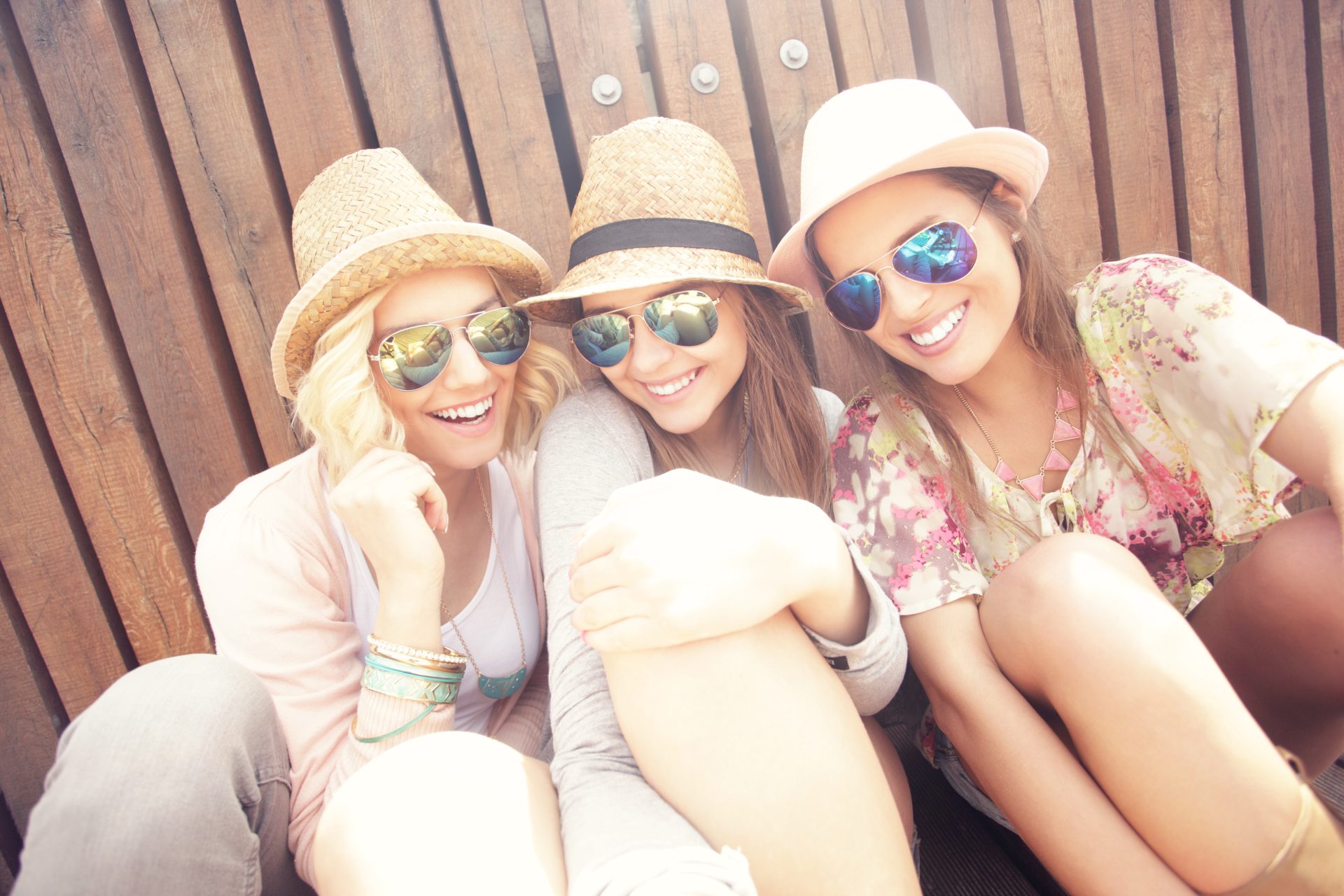
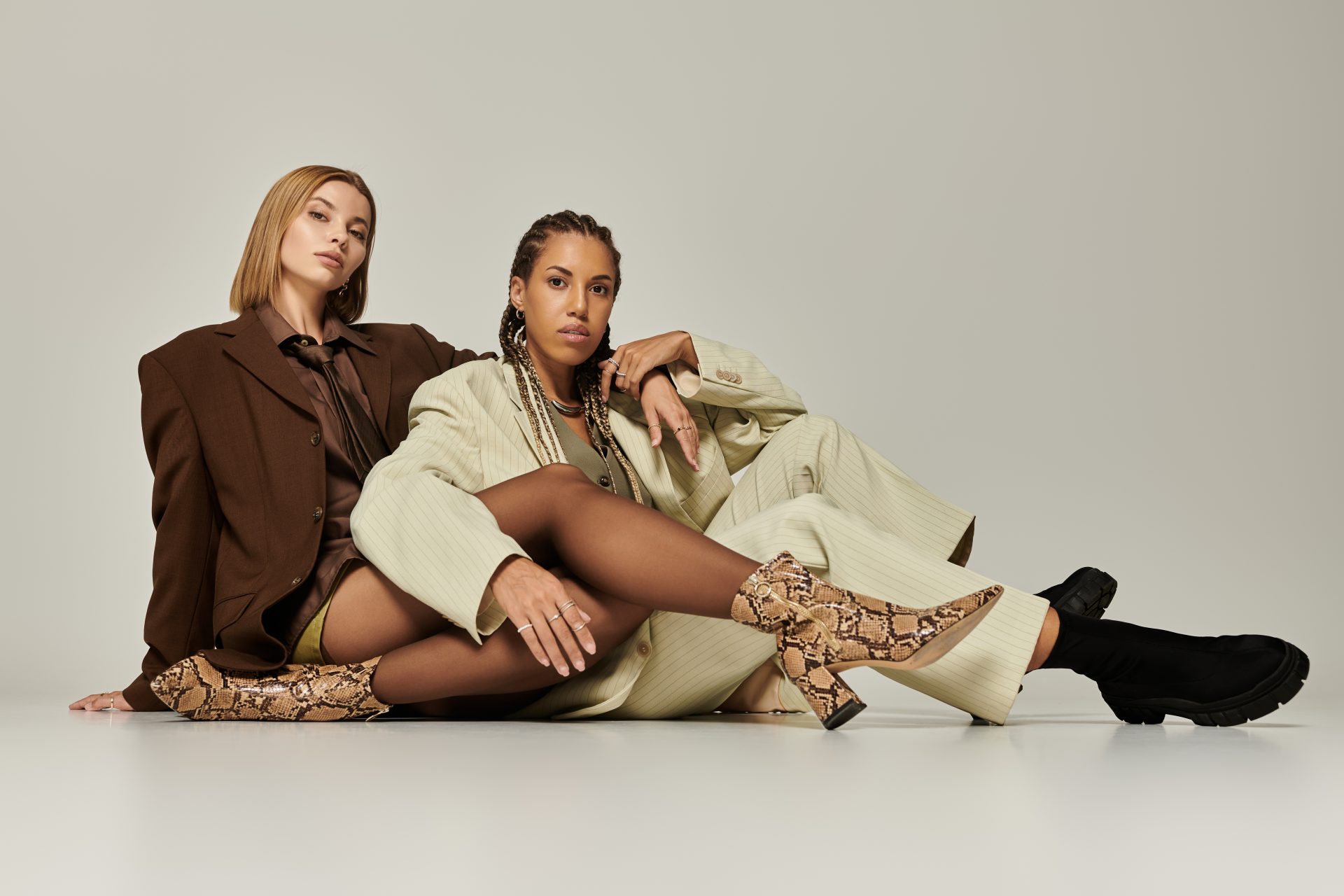
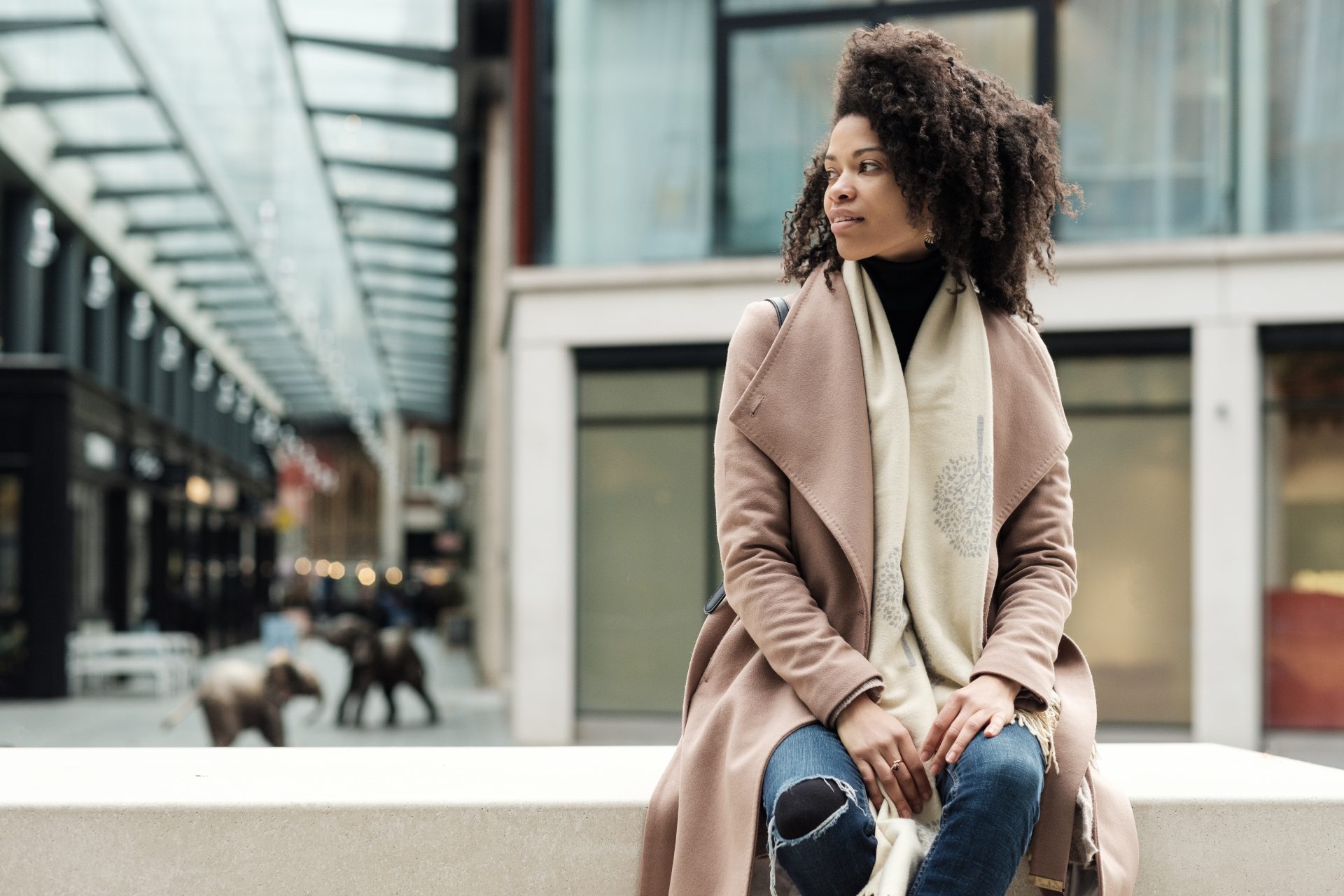
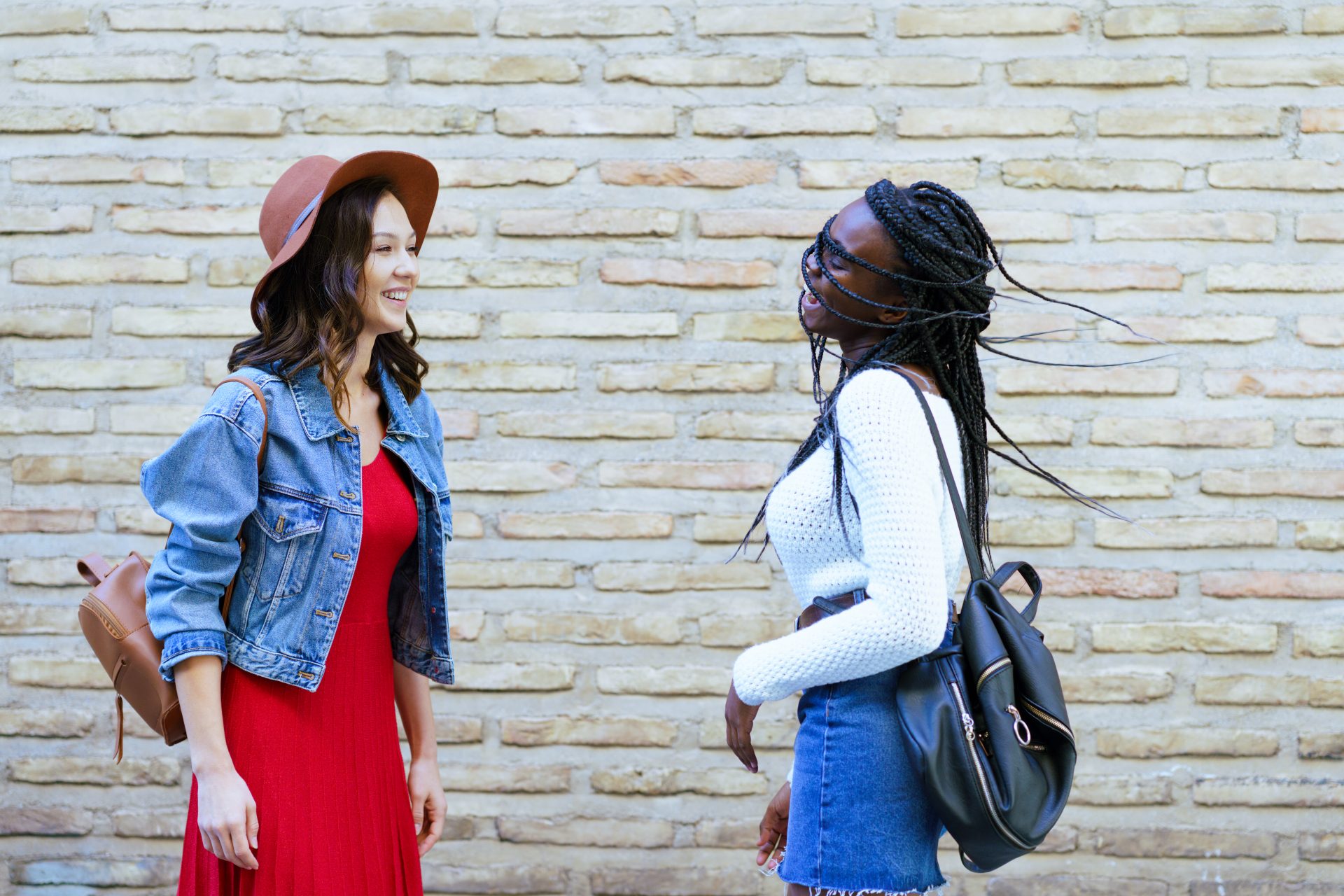


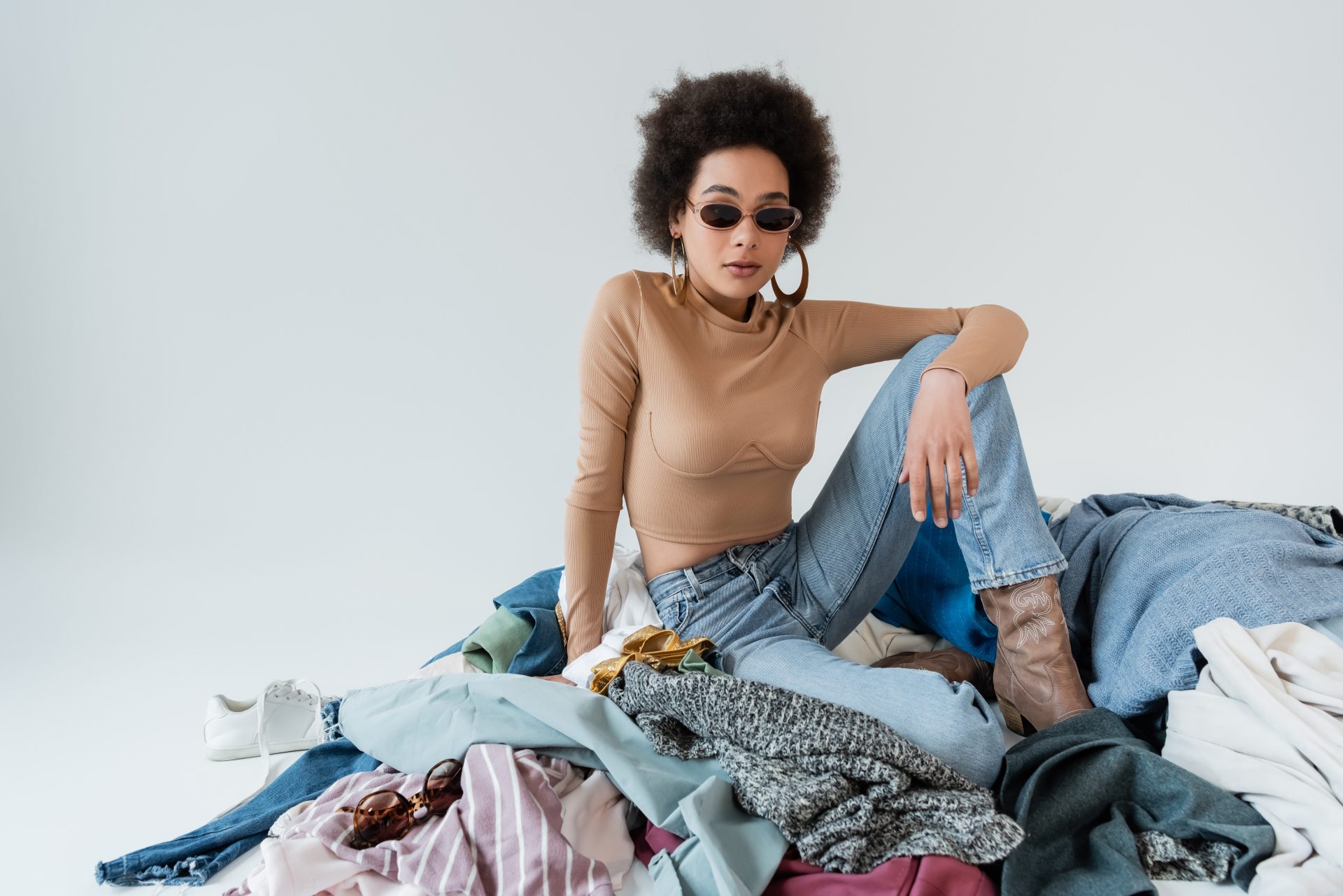
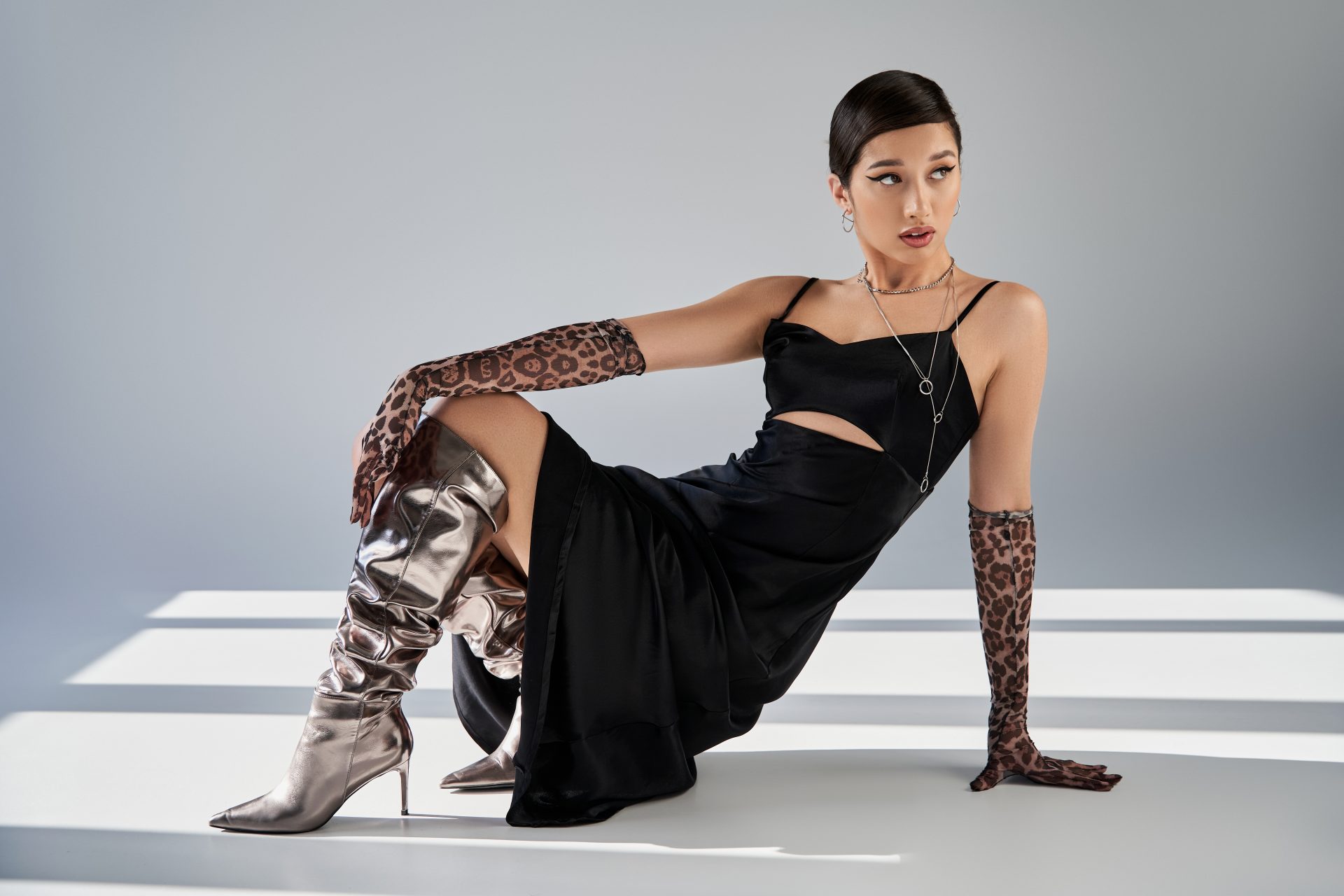

0 Comments